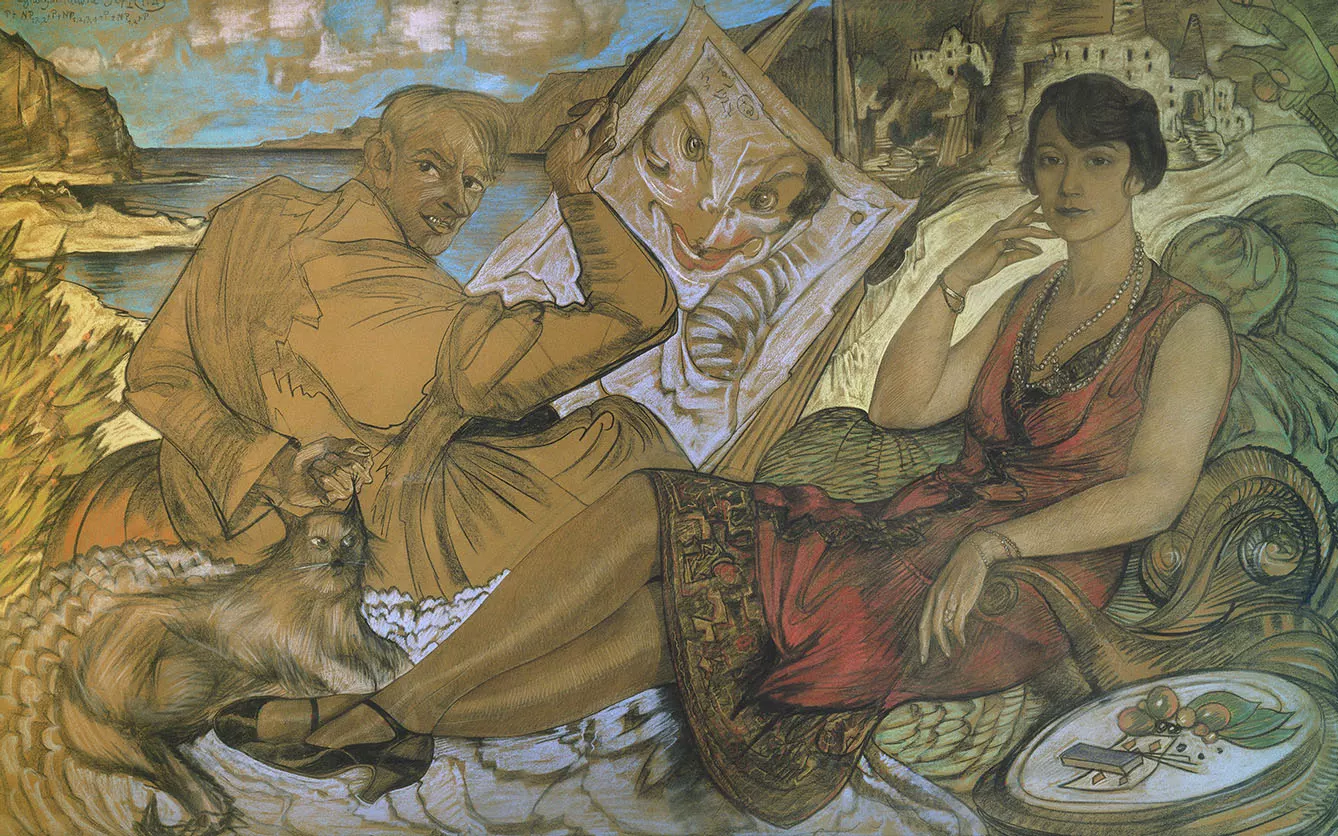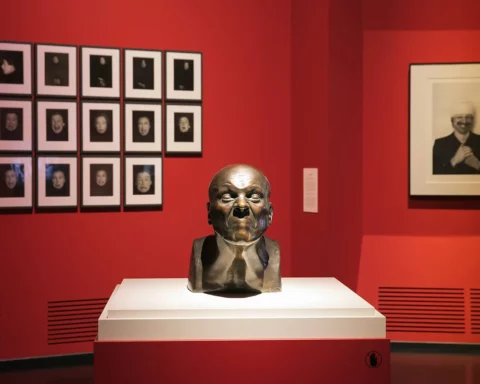The more widely known American movement of the Beat Generation, starting roughly in 1944 and lasting until the mid-1960s, consisted of a group of non-conformist artists who wanted to prove that an artist’s job falls close to that of a mystic. Their attitude revolutionized many ideas held by society and ended with the birth of the even more flamboyant hippie culture.
But who would have thought that most of their ideas had already been tested before by a Polish writer and artist – Stanisław Ignacy Witkiewicz (Witkacy)? This avant-garde creator was fascinated with how ingested substances could alter an artist’s work.
Labeled a drug addict

The substances he ingested included drugs, and the fact he publicly admitted to having used them in his work earned him a “junkie” label. This was not entirely justified, as Witkacy’s approach to using drugs was more on the scientific side. In fact, he tested the results of using one particular drug (peyote cactus, used in rituals of American tribes) in collaboration with the Warsaw Psychological and Physiological Society, which provided him with the substance. He also wrote a book entitled ‘Drugs’ [Narkotyki] that is far from glorifying their use.
Witkacy experimented until he felt he had exhausted the possible effects of a given substance. All in all, he stopped using drugs altogether when he decided that they were causing the exact opposite of what they promised to do. Instead of broadening his horizons, they narrowed them down and killed the ability to feel and see. He was concerned with the fact that many young people with gentle, artistic souls could be destroyed by using drugs.
It is also interesting to note how broad Witkiewicz’s definition of drugs was. Do you smoke or drink coffee? By Witkacy’s standards, you are an addict. He claimed nicotine was a gateway substance to all other addictions.
How it all began
In 1925 Witkacy’s financial situation forced him to become a self-employed artist for hire. He started his company, S.I. Witkiewicz, and invited customers to have their portraits made. Apart from being fine works of art, his portraits exhibit an interesting feature that boggles the mind unless you have the key to decipher it. But don’t worry – no need to go all Dan Brown here. The knowledge is right here for grabs.
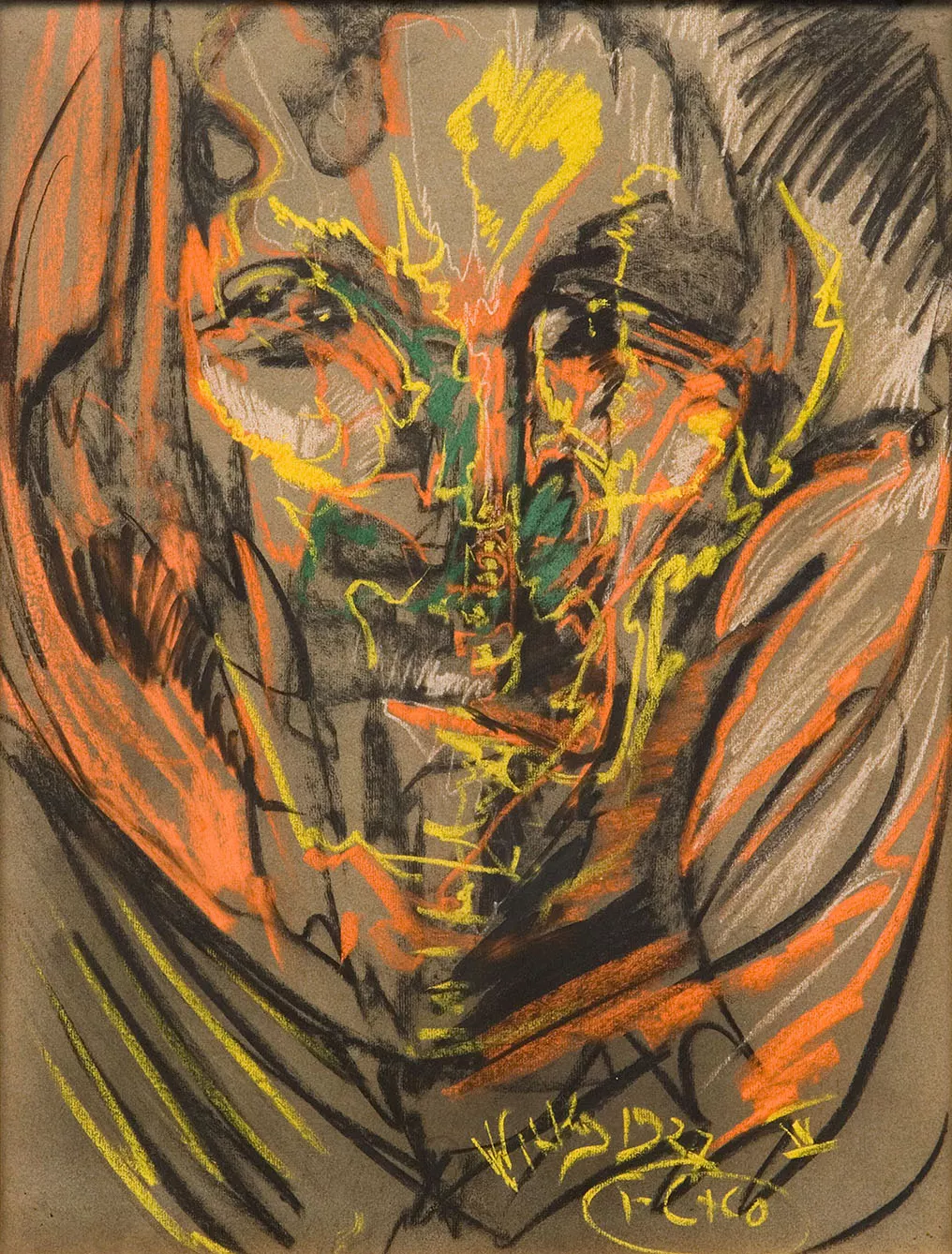

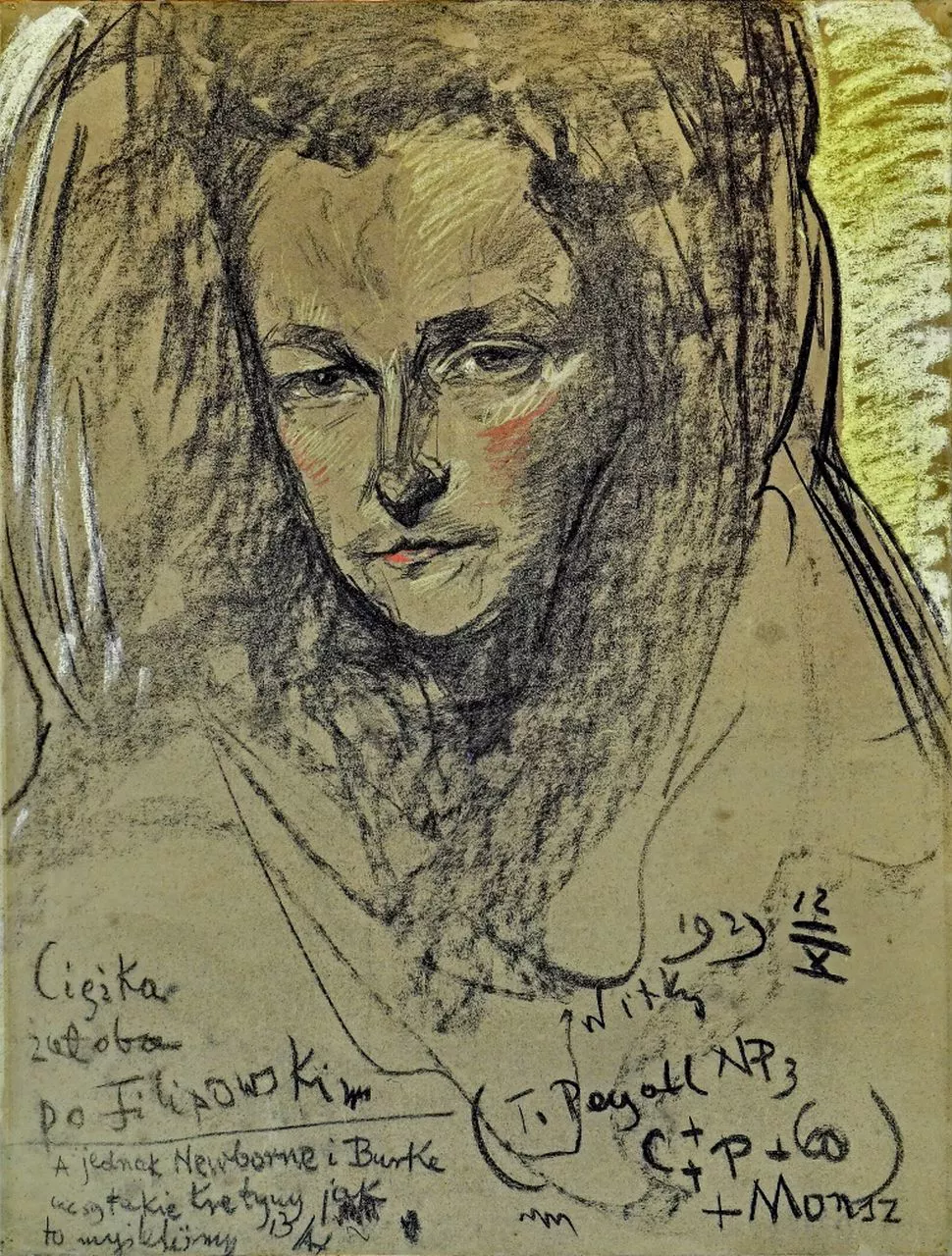
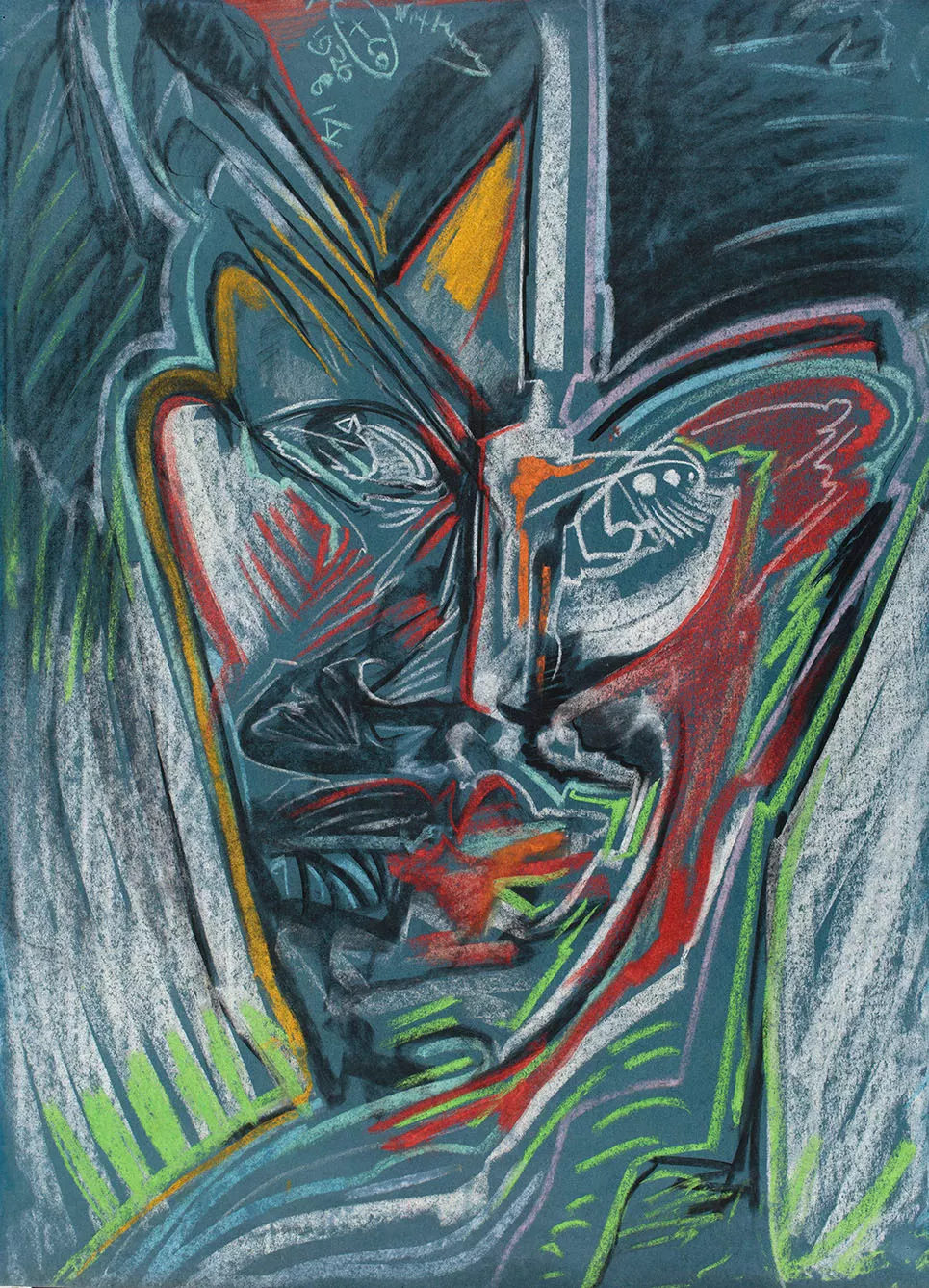
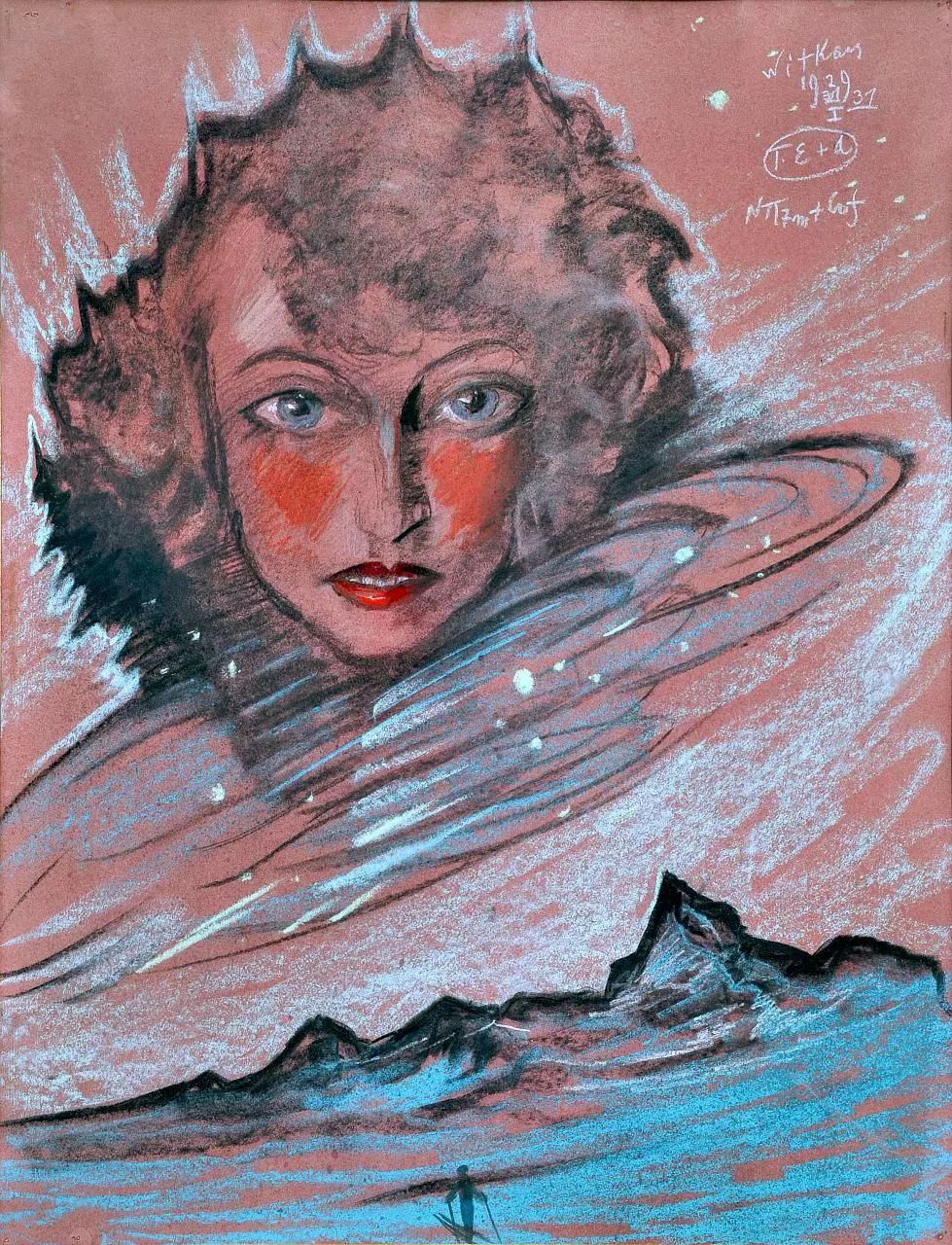
According to the theory of Pure Form and how substances (and sometimes even the presence of another person) influence an artist’s work, Witkacy would list on his pieces the substances he had ingested before creating the work, as well as “score it” according to his Pure Form standards. What this means is that portraits marked with an “A” were simply pretty pictures that were to please the commissioner. Type “B” denoted works aimed at presenting a little of the person’s personality.
Type “C” exhibited features of Pure Form under the influence of substances. This type was reserved for friends and family. Type “D” was intended to mimic style “C,” but without the use of mind-altering substances. And finally, there was type “E,” which gave ‘the company’ the green light to produce the portrait according to the artist’s idea. He would also offer hybrids of various types and, being a true artist, would never take any money for type U portrait. Why? Perhaps because “U” stood for “unacceptable.” In other words – a failed artistic attempt.
And then there were the cigarettes
More detailed marks would include the letter P (smoked), NP (didn’t smoke), TT (drank alcohol), Ntt (didn’t drink alcohol), FBZ (smoked but didn’t inhale), and FZZ (smoked and inhaled). He would put down how many cigarettes he had smoked or how many cups of coffee or/and tea he had drunk before painting. He also marked the number of days he did not use a certain substance, for example, NP10 meant he hadn’t drunk alcohol for ten days before painting the picture.
When the times of his intensive drug experimentation were at their end, he would often mark if he had a lager (Pifko) or prescription medication. Food was also included, with dishes he had consumed marked down in history.
He would also mark certain conditions surrounding the work’s creation. Napa was to mark portraits he painted from memory. Napafot – portraits painted from memory with the help of a photograph. WC… water closet. After all, everybody sometimes needs to go. PPC – basically in the dark. Doesn’t that spark your imagination? Can’t you just see him standing there, lights growing dimmer and dimmer as he continues with his work, consumed by art?
A tragic ending
Witakcy was undeniably a world-class artist. His ideas were ahead of his time, which made him often misunderstood by his contemporaries. His concept of Pure Form, and the lengths he went to find it, is known to anyone seriously interested in art – be it in Poland or France. Unfortunately, the world was soon to be deprived of so many more potential works by this brilliant mind.
On 18 September 1939, soon after the Soviet army joined Germany in the attack on Poland, Witkacy woke up early in the morning and went for his final stroll with the woman he loved. The army didn’t want him as he was in poor health. He said he couldn’t wait any longer and needed to go then while the country was still Poland. Together, they found a beautiful oak tree. She drank some pills he dissolved for her in a cup of water. He took some drugs to stimulate blood circulation. Then he reached for the razor he had brought with him.
Despite the tragic ending, his legacy endures. The National Museum in Warsaw is currently featuring a temporary exhibition showcasing some of his momumental pieces called Witkacy. Seismograph of the Acceleration Age, running through October 22.


